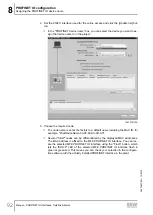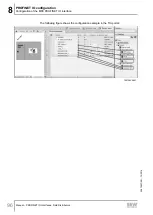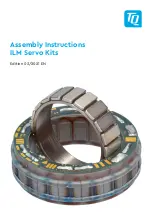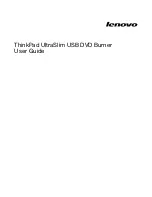
8
PROFINET IO configuration
Introduction
Manual – PROFINET IO Interfaces, Field Distributors
85
8
PROFINET IO configuration
8.1
Introduction
Classic fieldbus communication is enhanced by fast Ethernet technology as a physical
transmission medium using PROFINET IO. PROFINET supports real-time capable
process communication as well as open communication via Ethernet TCP/IP or UDP/
IP.
The MFE PROFINET IO interface meets the requirements of "PROFINET Conform-
ance Class B".
8.1.1
3 device types
PROFINET IO distinguishes between 3 device types:
•
IO controller
The IO controller undertakes the master function for the cyclic IO data exchange
with the decentralized field units and is usually implemented as a communication
interface of a controller. It is comparable with a PROFIBUS DP master class 1.
There can be several IO controllers in one PROFINET IO system.
•
IO device
All field units on PROFINET IO that are controlled by an IO controller are called IO
devices, e.g. I/Os, drives, valve terminals, etc. IO devices are comparable with
PROFIBUS DP slave nodes. The MFE PROFINET IO interface is a PROFINET IO
device.
•
IO supervisor
Programming devices/PC with corresponding engineering/diagnostic tools are
called IO supervisors. IO supervisors have access to process and parameter data
as well as alarm and diagnostic information.
8.1.2
Communication model
The communication model of PROFINET IO is based on the many years of experi-
ence with PROFIBUS DP-V1. The master slave access procedure was mapped on a
provider-consumer model.
Several communication channels are used for the data exchange between IO control-
ler and IO devices. The cyclic IO data and the event-driven alarms are transferred via
real-time channels. The standard channel based on UDP/IP is used for parameteriza-
tion, configuration and diagnostic information.
22870857/EN – 12/2016
















































